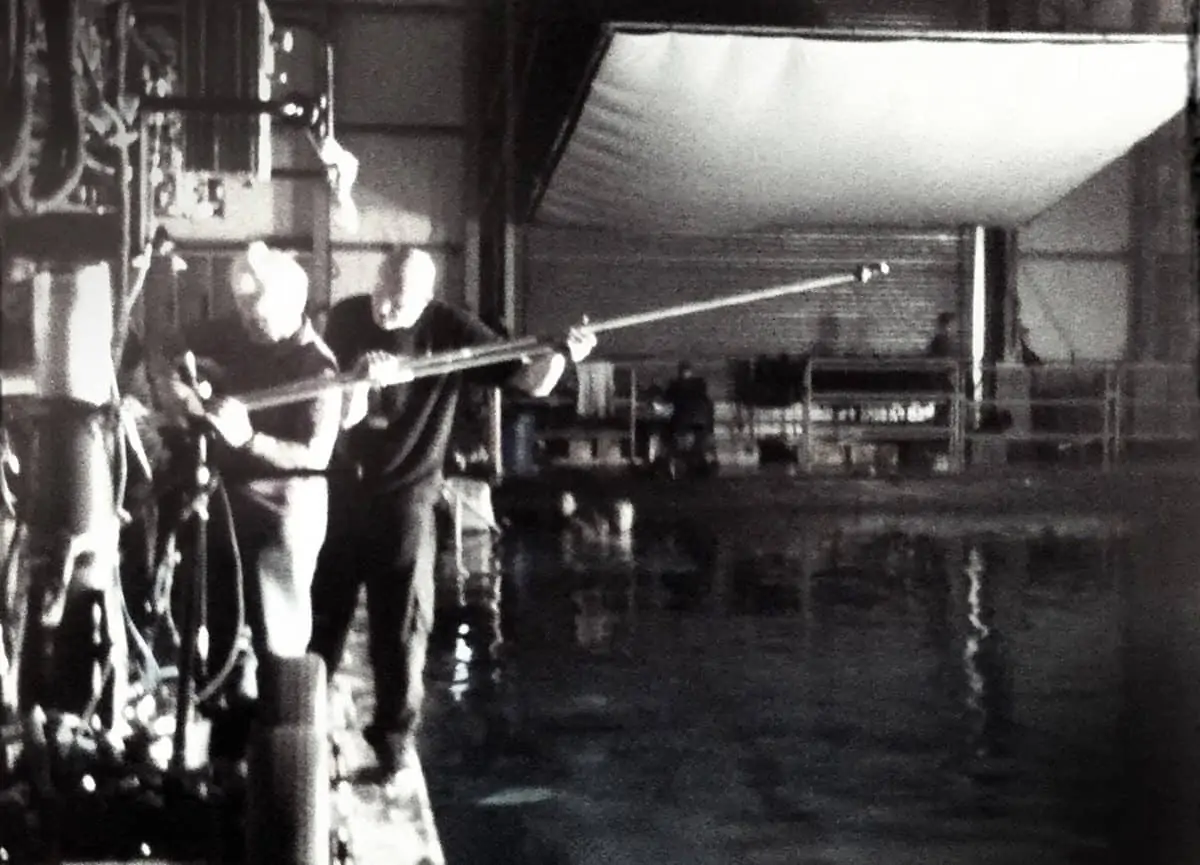Fragmented Framings
Natasha Braier / La Teta Asustada, The milk of Sorrow
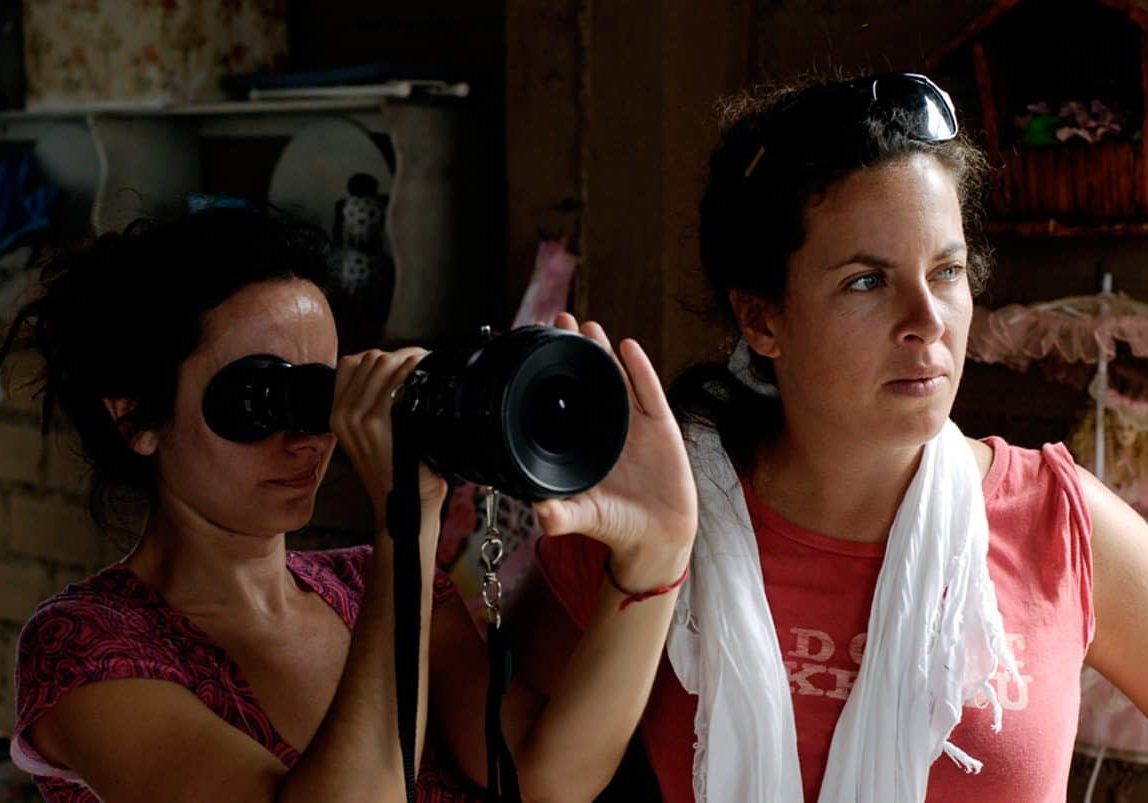
Fragmented Framings
Natasha Braier / La Teta Asustada, The milk of Sorrow
If you were lucky enough to catch La Teta Asustada, The Milk Of Sorrow at the cinema recently, then the textural, painterly quality of the imagery will be something that will live on in the mind, as much as the extraordinary story.
The film, Oscar-nominated as the best foreign language film this year, and winner of the Berlinale's Golden Bear in 2009, also garnered its cinematographer, Natasha Braier, the prestigious Golden Camera 300 Award at the Manaki Brother's Festival of Cinematography – a gong she collected from Billy Williams OBE BSC.
The surreal drama, written and helmed by up-and-coming Peruvian director Claudia Llosa, is suffused with visual symbolism and metaphors, and deals with the subjects of rape, war, gender equality, fear and humanity. It stars Peruvian actress Magaly Solier as Fausta, a young woman with a strange illness transmitted through her mother's breast milk, the result of a terrible violation when pregnant with Fausta during the civil war. Although the war has ended, Fausta still suffers from “the milk of sorrow”, and her life is dominated by the illness of fear, which has robbed her of her soul.
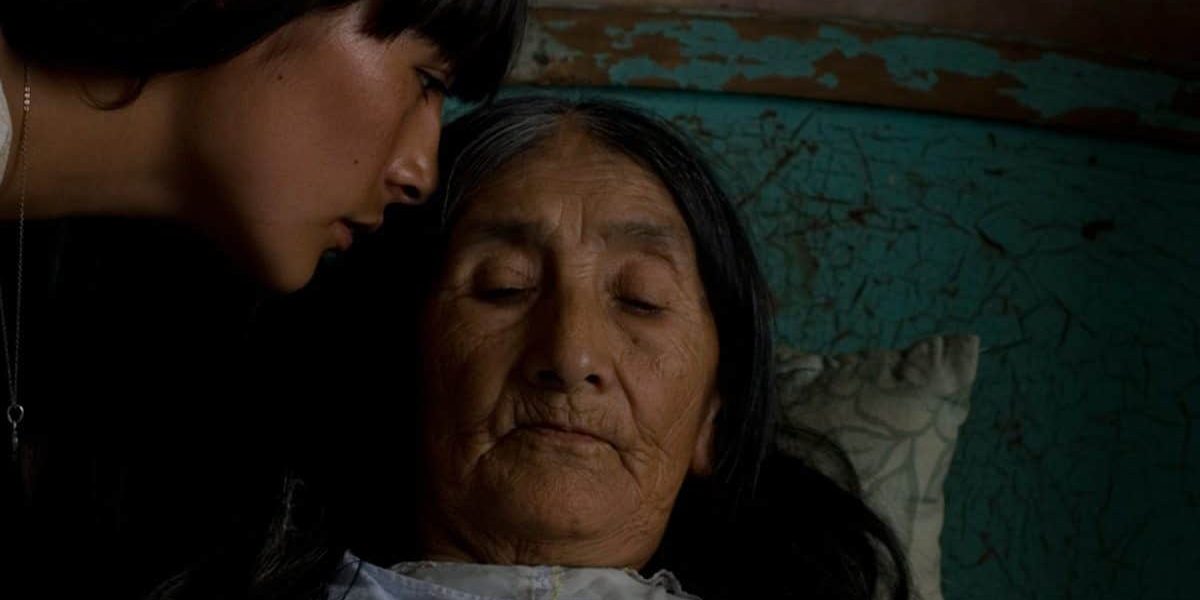
The film opens with her mother’s sudden death, which forces Fausta to confront her fears and the secret hidden inside her – she has inserted a potato into her vagina to serve as a protective shield to repel intruders. The unfolding story is a re-awakening, a journey from fear to freedom, as Fausta takes a housemaid's job for Mrs Aida, a wealthy concert pianist, to earn the money to pay for her mother's burial.
"I like personal stories and issues with which I can empathise. They wake my interest, and make me explore different cultures and ways of seeing life," says Braier. "The script was highly visual. Claudia likes poetic images, symbolism, to create a special universe. The Milk of Sorrow is a metaphor for the breakdown and regeneration of Peru. I spent a lot of time talking with Claudia before even starting the prep of the film. We went through the whole script and she tried to explain to me why each scene was there, and the meaning of each image she had described. Once we reached the essence of each scene, we would then start thinking about how to convey those concepts or feelings with images via the camera."
One item that required little or no thinking about, but persuasive powers amongst the producers, was the format. "We decided immediately to shoot 35mm," she says. "Film will always be my favourite choice, especially on a movie like this.
"We were going to be shooting a lot of exteriors, and as Peru is so close the equator the sun is high throughout the day. We printed the sunpath during the recce, and had never seen anything like that before. I knew that shooting in those high-contrast conditions would be tough even on film, but on HD it would have proven too difficult to stop the highlights exploding, and maintain details in dark shadow areas. Also, everything in Peru has so much texture – the landscapes, houses, walls, even the faces of the people – and film can capture that much better than HD."
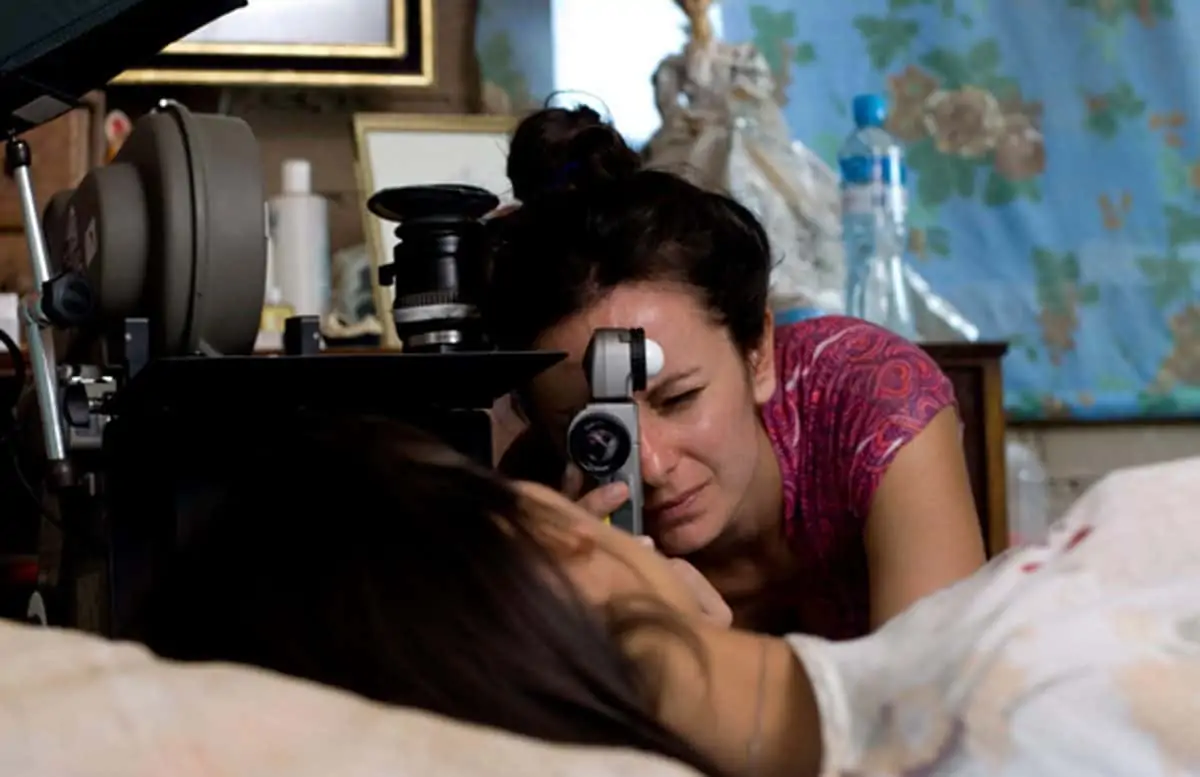
Braier selected Kodak Vision2 200 T for exteriors and 500T for interiors. Although she could have selected to shoot cinemascope, Braier considered the format too epic, and went for 1.85:1. "It's more of an imtimate story, with the focus on the main character most of the time, and we thought 1.85:1 was the best to portray that," she says.
Braier describes the look of the film as "lyrical realism", and the existing colour palette in Peru as "extremely intense". From very early on in prep, she worked in collaboration with the production design and wardrobe team.
"In terms of art direction we inspired ourselves with the existing colours of the real locations – pastel yellows, lilacs and shades of grey in the shantytown – so it's very much based on the reality of what was there. Sometimes we undertook a process of elimination and would remove or keep what it worked for us, or add our own stuff to that palette.
We dressed Fausta mainly in earthy tones to accentuate her connection with the earth. When she was in Mrs Aida's house we used the same colour palette for her and for the house sets, to make her almost invisible. The idea was that Fausta was a kind of ghost in the house. We also played with the idea of representation, mirroring and the double. Most of the time when we see Fausta interacting with her employer we see her through mirrors or reflections."
Interestingly, Braier says they carefully eliminated red from the palette in most scenes until the appearance of Noe, the gardener, under whose tutelage Fausta begins to bloom – the most marked example being the flower Fausta carries in her mouth as she waits for him to arrive.
"The script was highly visual. Claudia likes poetic images, symbolism, to create a special universe. The Milk of Sorrow is a metaphor for the breakdown and regeneration of Peru."
- Natasha Braier
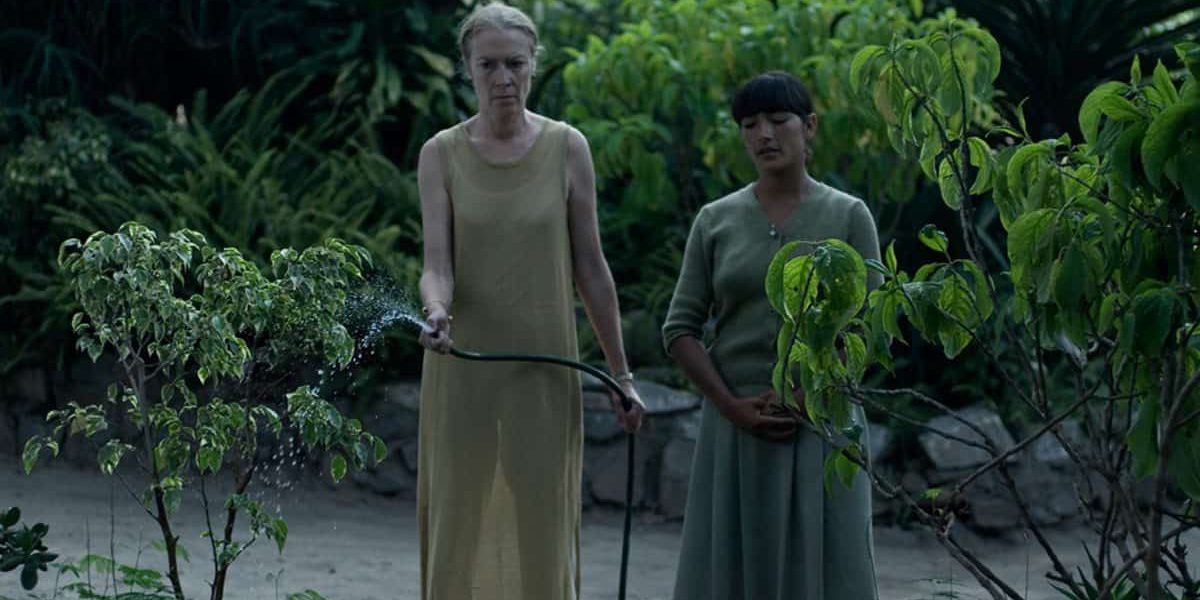
Along with the colour palatte, framing and camera movement played a major role in helping the story to unfold. "At the beginning of the film Fausta appears veiled, unbalanced or broken in the frame," explains Braier, who prefers to operate on films, "but as her journey into freedom develops she starts finding her place in the frame. The fragmented framings of Bresson, Jane Champion and Lynne Ramsay were strong references, as well as the stylised realism of Lucrecia Martel. In terms of movement we were very inspired by Hungarian director Bela Tarr."
Braier designed-in a lot of movement in the film, "but it's often almost imperceptible. Either the camera moves very slowly, such as the move into Fausta's mother's death scene at the start of the film, or it moves with the character, keeping the character in the same proportion in the frame and just changing the background, such as the scene when Noe carries her through the market to the hospital, which was infact a Steadicam shot."
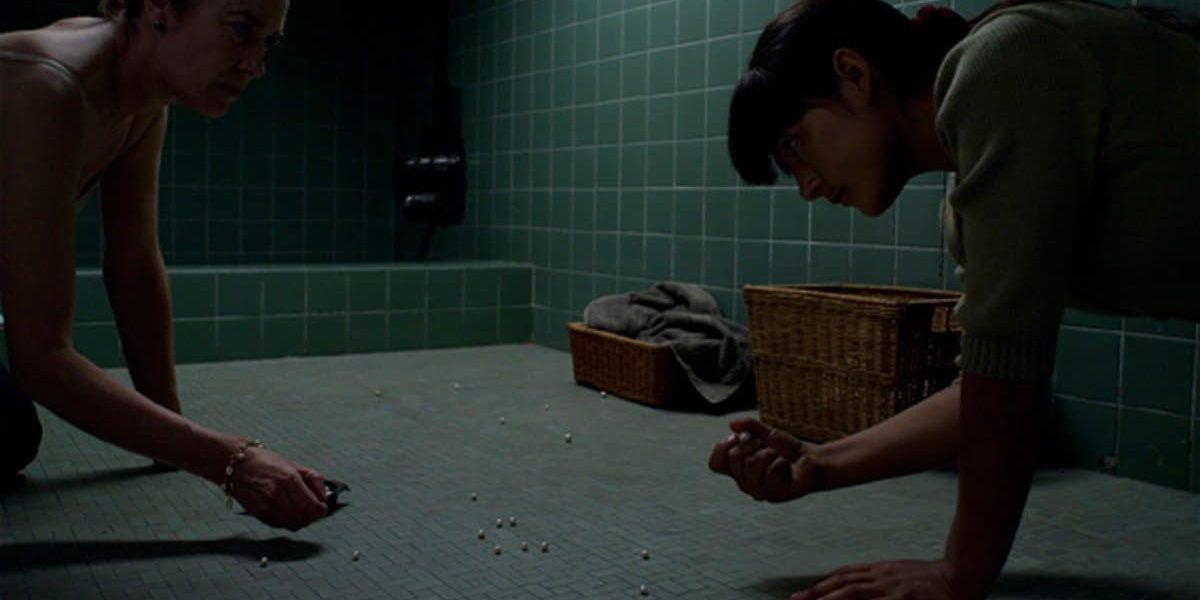
The nascent nature of Peru's film industry meant that whilst there were some 35mm cameras available, there were no silent ones except for a BL4. With Steadicam work on the agenda, Braier requested a MovieCam SL, which was provided by ServiceVision in Barcelona. The lighting package, which included 18Ks, smaller HMIs, Kinoflos, Chinese lanters and some practicals, was sourced from Lima.
"I'm very much in love with Cooke S4 lenses as they give a lovely softness to the images, and would have loved to have used them on this production," she muses. "But during the month we recce'd in Peru I discovered the air has a sort of hazy mist created by the mountains and the ocean, called a 'calima', which lasts throughout the year. I thought the Cooke's might prove to be a bit too soft in these conditions, so I selected Ultra Primes."
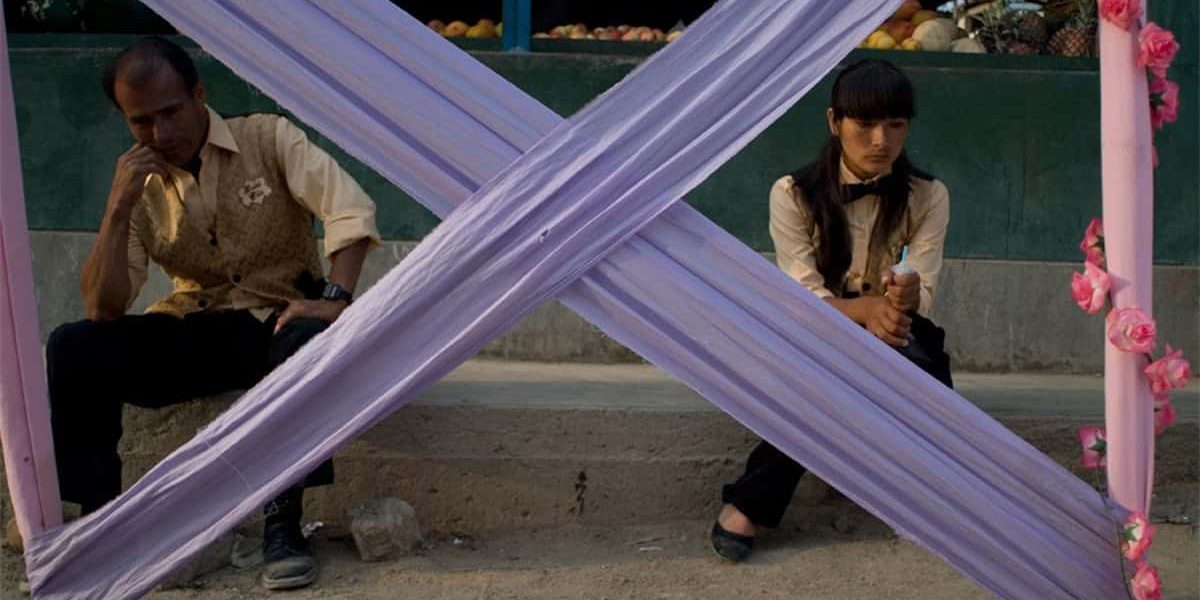
But when the film went into production, Braier discovered there was no haze. However, a rather stressful situation with the local film lab turned into a happy accident, helping to reduce the crispness of the primes and add to the textural, tonal quality of the imagery.
"My intention was to push one stop, but because they didn’t have the means to measure this exactly, I inadvertently ended up pushing one and a half to two stops. At the end I ended up with a bit of a more extreme version of what I was aiming for, but am very pleased with the result nonetheless."
